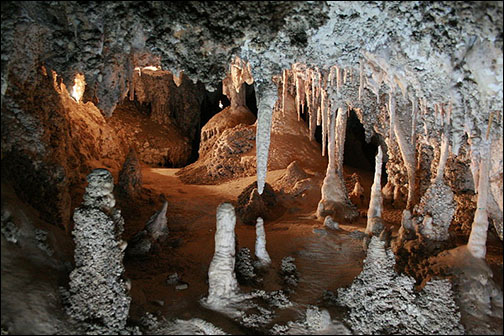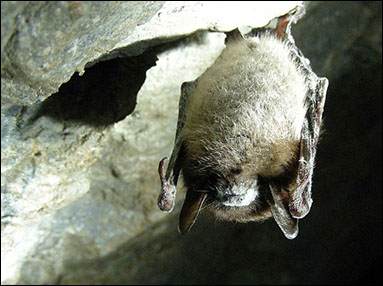Cave Structures
What are stalactites and stalagmites?
Goal:
Goal:

Caves are naturally hollowed-out spaces underground or on mountainsides. Many caves are made of limestone, a soft rock that dissolves easily. As water seeps down through cracks in the limestone, it dissolves the limestone, which can hollow out large spaces over long periods of time.
As the water drips from the ceiling, minerals are left behind. Similarly to how icicles form, the minerals begin to grow down lower and lower from the ceiling. We call these stalactites—they hang on "tight!"
As the water drops hit the floor, more minerals are deposited. They form spikes that grow upward from the ground called stalagmites—they grow up tall and "mighty!"
Another way to remember which is which is by remembering that the c in "stalactites" stands for ceiling, and the g in "stalagmites" stands for ground.

A lava cave can be formed when the edges of a lava flow cool faster than the center and a crust forms over the top of the flow, making a sort of tube-like structure.
If you have caves in your part of the country, it would be helpful to visit one so that you can see real stalactites and stalagmites in person. If you cannot go to a cave, borrow a book about caves and look at the pictures.